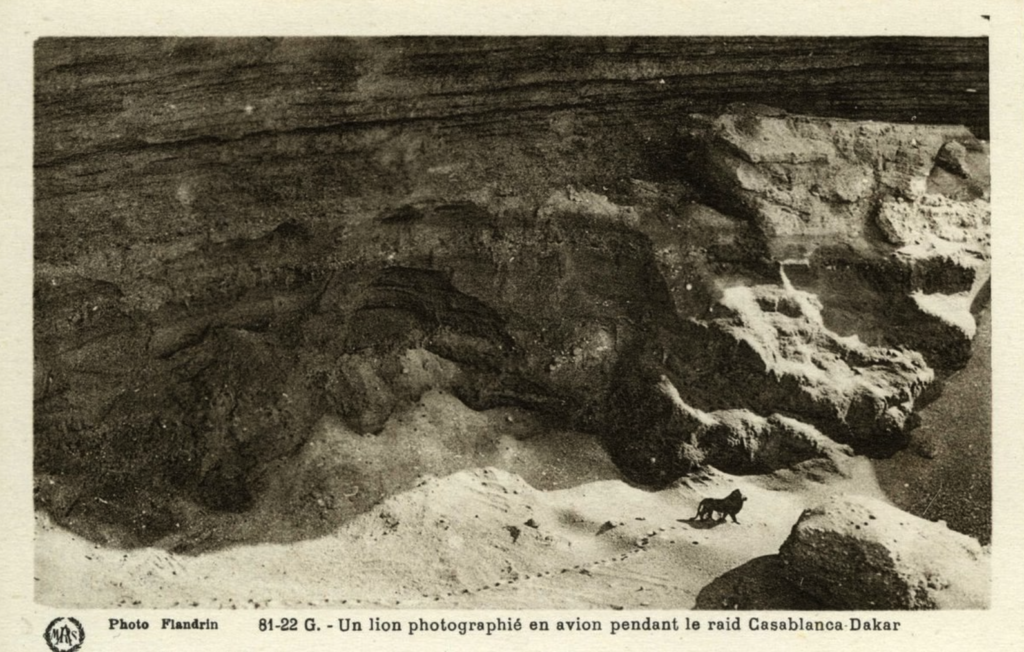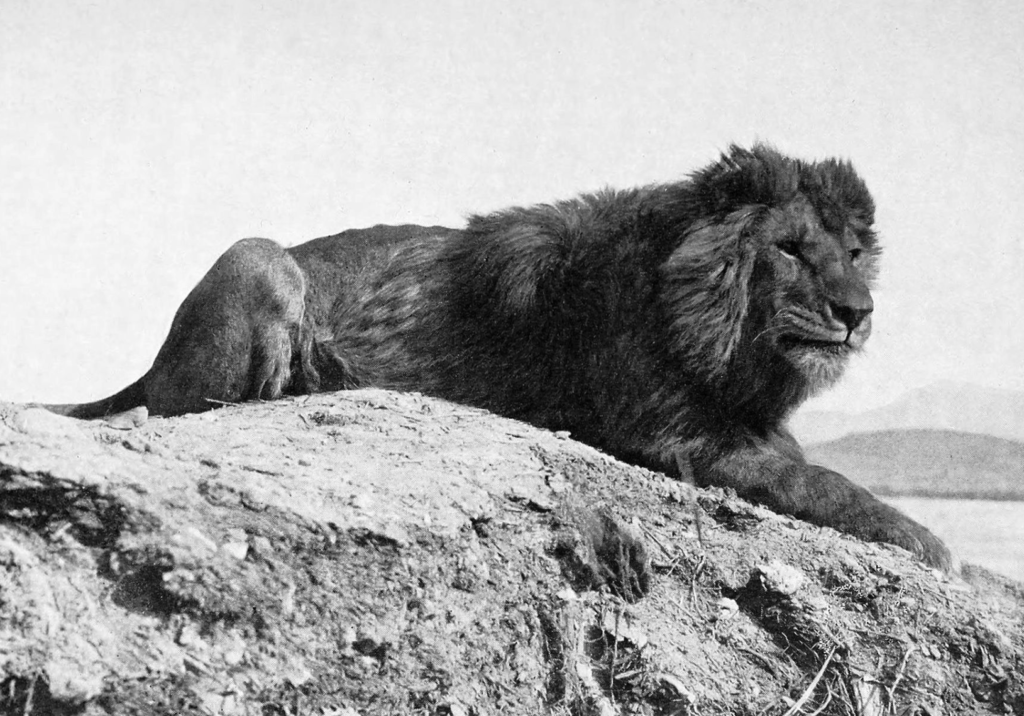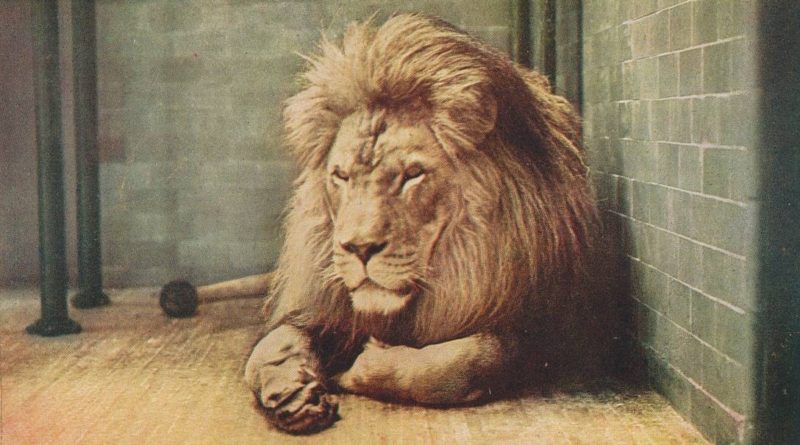Challenges in reviving the Atlas lions in the wild
The Atlas lion, also known as the Barbary lion, is a subspecies of the African lion that once roamed across North Africa. However, due to hunting and habitat loss, the Atlas lion is now extinct in the wild. Efforts are underway to reintroduce the Atlas lion to its former range, but this is a complex and challenging task.
The Atlas lion was once found in the Atlas Mountains of Morocco, as well as in parts of Algeria, Tunisia, and Libya. It was a distinctive subspecies of lion, with a thick mane that extended down its chest and belly. However, by the early 20th century, the Atlas lion had been hunted to extinction in the wild. The last known wild Atlas lion was killed in Morocco in 1922.

In recent years, there have been efforts to reintroduce the Atlas lion to its former range. One such project is the Lion Recovery Fund, which supports lion conservation initiatives across Africa. The Lion Recovery Fund has identified the Atlas lion as a priority subspecies for conservation efforts.
One challenge of reintroducing the Atlas lion is that there are no longer any purebred Atlas lions left in captivity. The last captive Atlas lion died in the 1960s, and all modern captive lions have been bred with other subspecies. To create a population of reintroduced Atlas lions, scientists would need to identify lions with the closest genetic similarity to the Atlas lion and breed them selectively to recreate the subspecies.
Another challenge is the lack of suitable habitat for the reintroduced lions. The Atlas Mountains have undergone significant habitat loss and fragmentation due to human activities such as agriculture, grazing, and development. To ensure the success of the reintroduction project, conservationists would need to work to restore and protect suitable habitat for the lions.

Despite these challenges, there is hope for the reintroduction of the Atlas lion. In 2018, the Moroccan government announced plans to establish a national park in the Atlas Mountains that would provide protected habitat for reintroduced lions. The park would cover an area of over 1,700 square miles and would be the largest protected area in North Africa.
Scientists have also studied the potential impact of reintroduced Atlas lions on the local ecosystem. A study published in the journal Biological Conservation found that reintroduced lions could help to control populations of wild ungulates such as Barbary macaques and Barbary sheep. This, in turn, could benefit the plant communities of the Atlas Mountains by reducing the browsing pressure on trees and shrubs.



